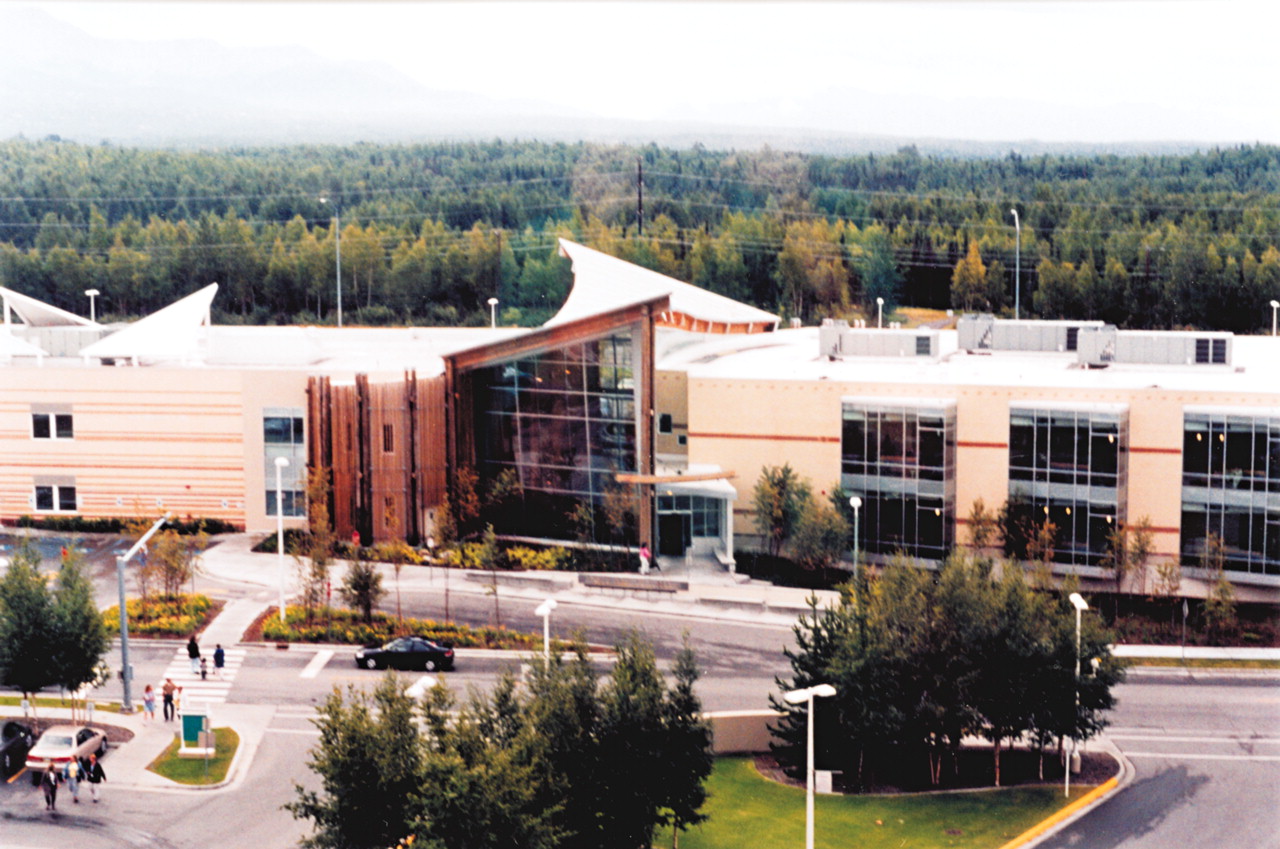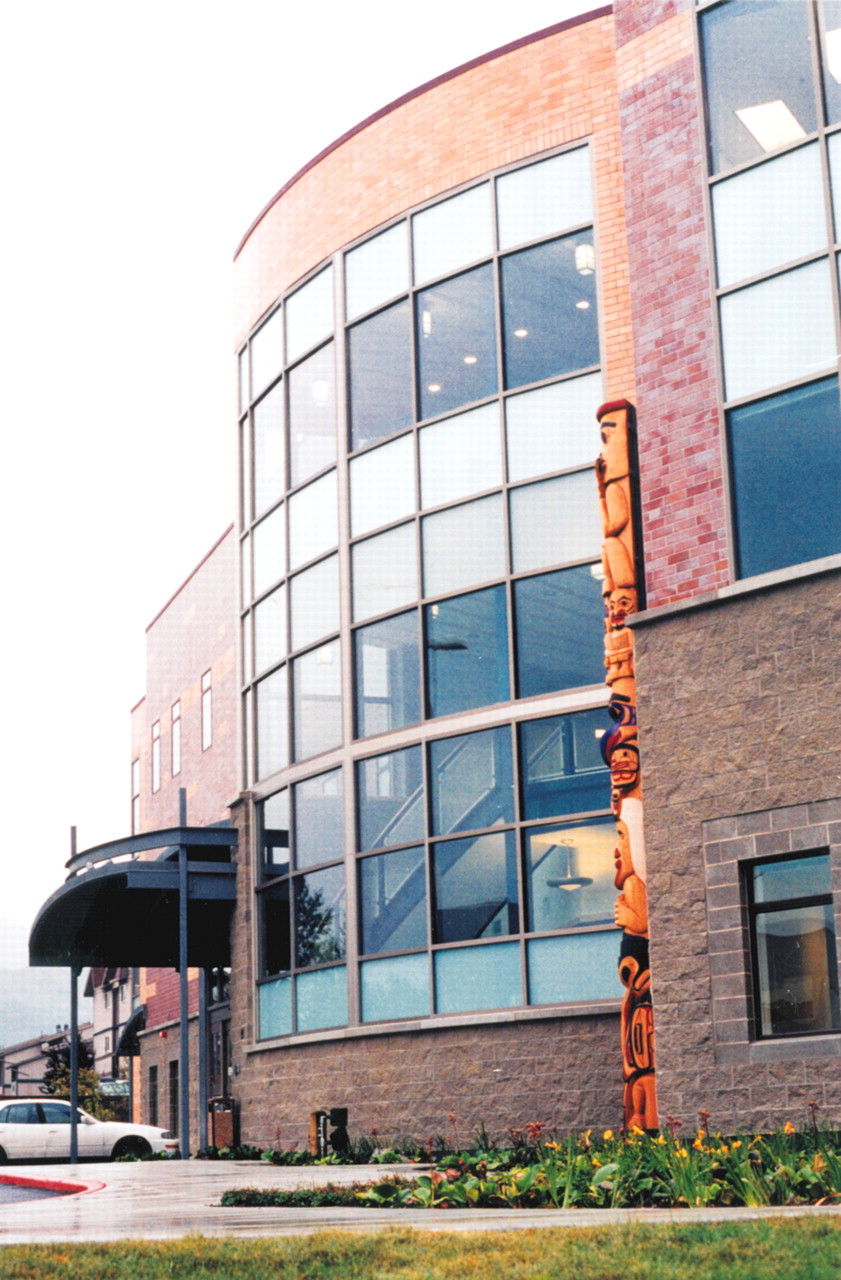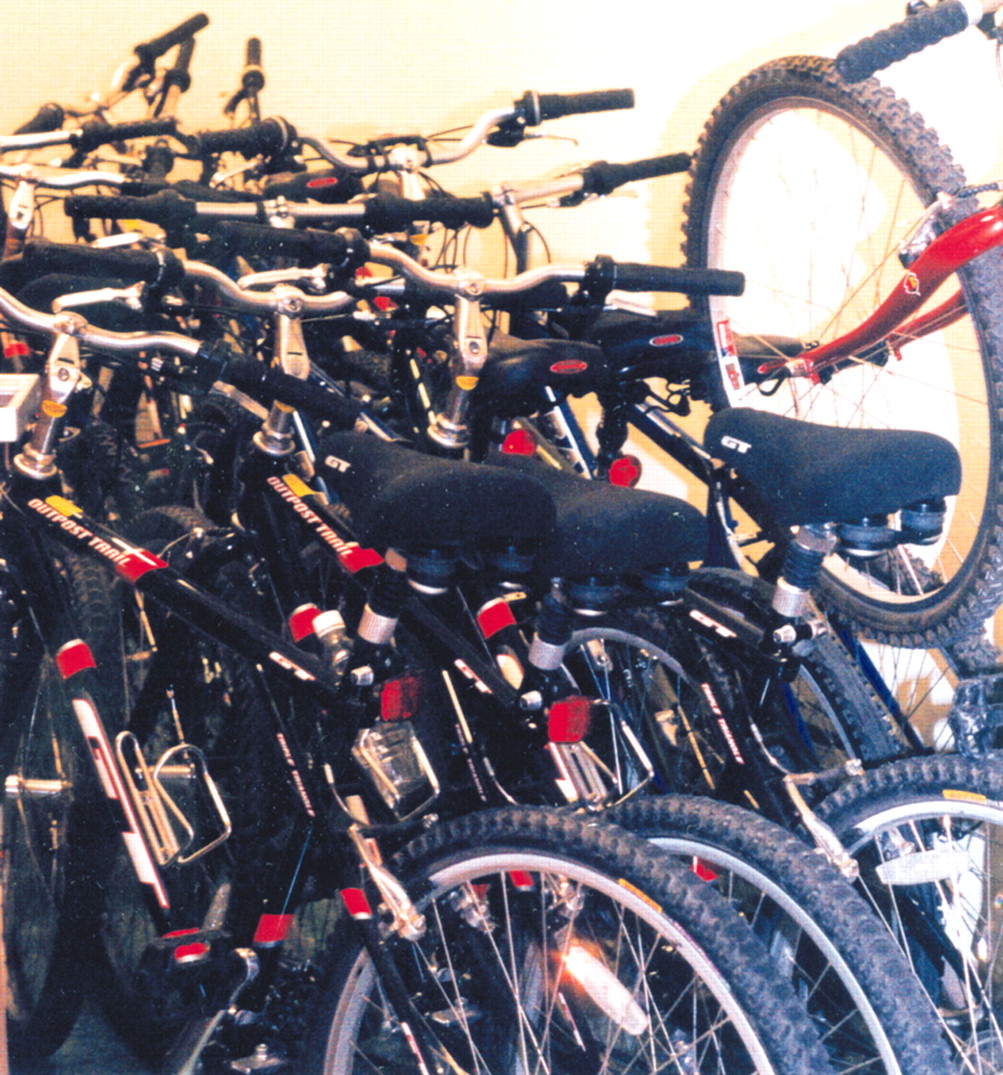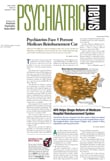Anchorage, Alaska, may look like a legendary frontier town to folks from the lower 48 states. But it contains something that none of the lower 48 has—the Alaska Native Medical Center.
The center was built by Alaska Natives themselves. They also run it themselves through an Alaska Native nonprofit organization called the Southcentral Foundation.
The Alaska Native Medical Center is located in the middle of Anchorage, on Diplomacy Drive. It includes a hospital; a primary care center; a building housing mental health, dental, and vision services, which just opened this past summer; and the Pathway Home Residential Treatment Center for Adolescent Substance Abusers. (In August, Health and Human Services Secretary Tommy Thompson visited the center and announced that $750,000 from the federal Substance Abuse and Mental Health Services Administration would go to the Pathway Home.) The center serves some 46,000 Alaska Natives—mostly from Anchorage, but also from rural areas.
Stunning Facilities
The Alaska Native Medical Center’s facilities are visually stunning, designed with input from Alaska Native elders to promote spiritual, mental, and physical healing in the Alaska Natives who visit them. According to Alaska Native beliefs, spiritual, mental, and physical health are inseparable. For example, the hospital has been designed to resemble a woven Alaska Native basket. Its reception area contains a circular sitting space where patients and their families can gather. The primary care center and the behavioral health services building, which was designed to let in ample natural light, was constructed with a lot of native wood. The latter is also graced on the outside by a totem pole carved by an Alaska Native from southeast Alaska.
The facilities also make it possible to offer the best in Western medicine. For example, the behavioral health services department contains a children’s play-therapy room where clinicians can observe young patients through a one-way window. It also contains a closet full of bikes that teen patients can use during group-psychotherapy outings.
Traditional Healing
But probably the most intriguing aspect of the Alaska Native Medical Center is that it also offers non-Western forms of healing, such as acupuncture, and some Alaska Native traditional forms of healing, such as prayer, the laying on of hands, massage, song, dance, and herbal treatment. The center employs two Alaska-Native healers, and the healers have their own herb garden at the center. In fact, a quote posted at the Alaska Native Heritage Center well describes the traditional healing efforts at the Alaska Native Medical Center: “Today we are reclaiming the old ways and healing the mind, body, and spirit of our people. We are discovering a new sense of pride in who we are and where we have come from.”
Robert Wald, M.D., a psychiatrist who works in the Alaska Native Medical Center’s behavioral health services department, has referred some patients to the native healers, he told Psychiatric News. Kerry Ozer, M.D., another psychiatrist who works in the department, also refers patients to the native healers from time to time.
“Frequently, when I see a patient, I’ll make a diagnosis and then discuss treatment options,” Ozer explained in an interview. “And one of the options that I offer [is] medication. When patients are reluctant or hesitant, or are opposed to the idea of medication, it’s nice that in addition to considering Western counsel, they also have the opportunity to go to the spiritual healing center and see if that is what they are looking for. Sometimes it’s helpful, and sometimes they come back to me and say that it didn’t work and that they would like to reconsider some of the options that I had explored with them. It is just a matter of giving them more choices—and choices that are culturally appropriate for them. That, of course, increases their trust and their comfort level, and sometimes patients take some Alaska-Native healing and some Western medicine and mix and match and find out what works best for them.” ▪



